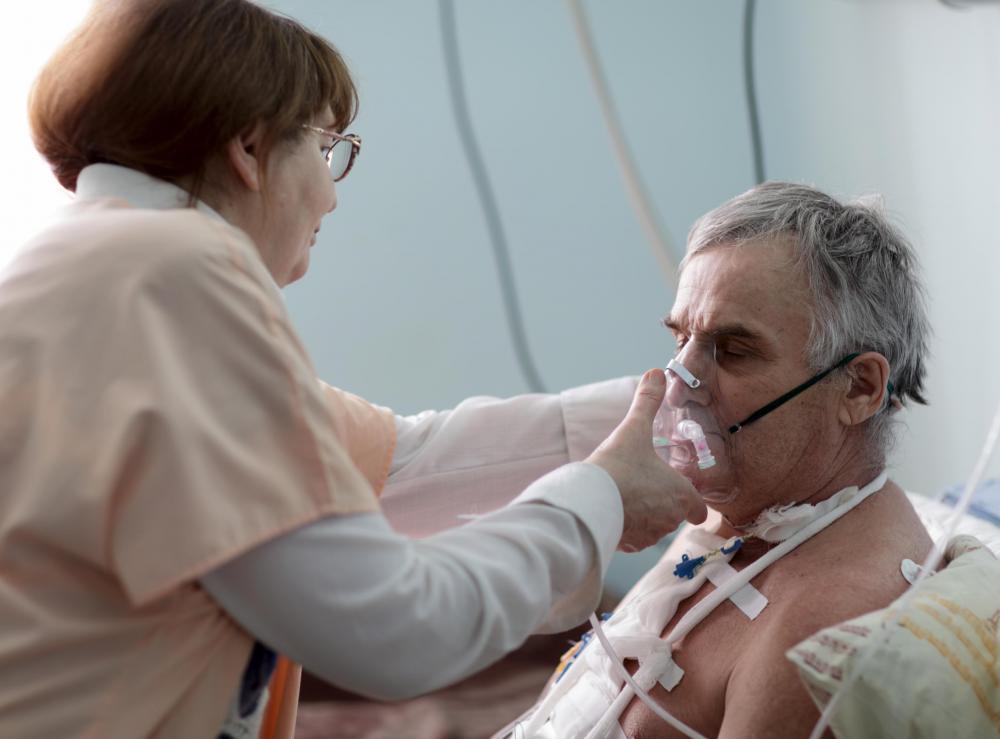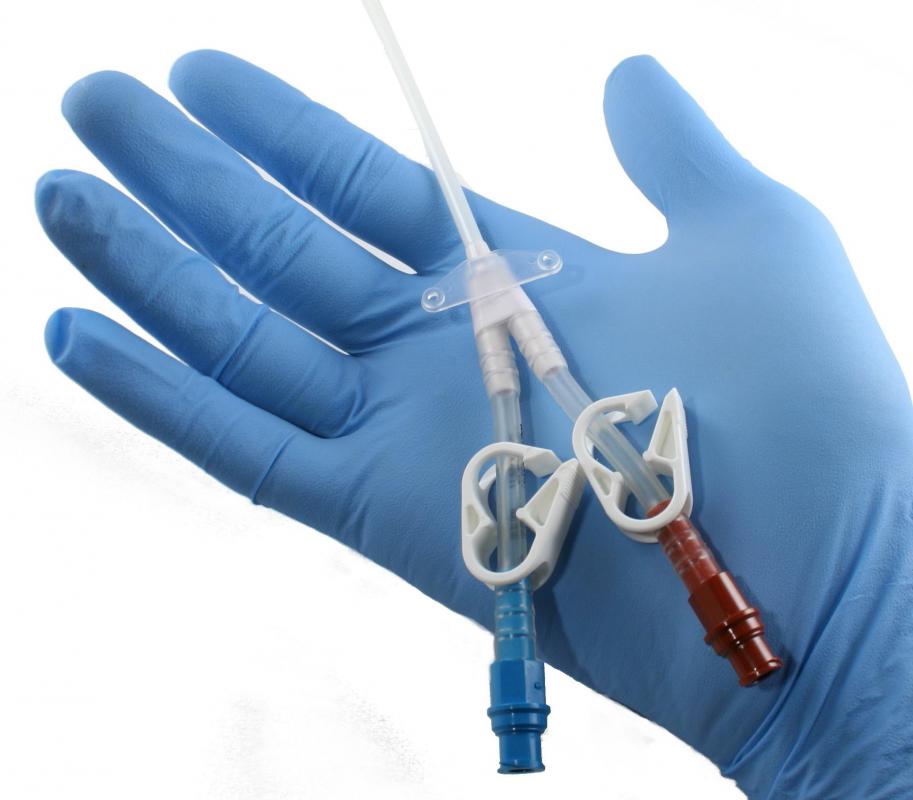At TheHealthBoard, we're committed to delivering accurate, trustworthy information. Our expert-authored content is rigorously fact-checked and sourced from credible authorities. Discover how we uphold the highest standards in providing you with reliable knowledge.
What is a Vein Graft?
A vein graft is a medical procedure used to increase the blood flow to the heart and other tissues. Coronary heart disease, high blood pressure, or excessive plaque build up can damage the veins that surround the heart. The vein graft allows blood to flow through the newer vein, so it can be distributed throughout the body. This procedure is also referred to as a coronary artery bypass graft (CABG). Transplanted veins are typically harvested from the legs or forearms and grafted around the diseased blood vessels.
Micro vascular surgery generally takes two to three hours to complete. Typically, a long incision is made starting just above the ankle and stretching to the inner thigh, so a healthy vein can be removed. This is commonly called vein harvesting. Remaining veins in the leg compensate for the blood vessel taken to be used in a graft.

The long, tube-like vein will usually not be completely used, depending on how many bypasses are needed to repair damaged veins. For example, if four bypasses are needed, the vein will be divided into four small sections. Each section will be used to replace a diseased or damaged vein.
During a vein graft surgery, the surgeon will open chest cavity and prepare the diseased artery for the vein graft. A harvested vein can then be grafted or sewn into the artery to improve the blood flow. Machines may be used throughout the surgery to make sure that blood and oxygen continue to circulate. Some types of vein graft surgeries do not require these machines because they are not as invasive, though they may not be as effective as traditional bypass surgeries.

Following a vein graft surgery, a patient may be kept in an intensive care unit for several days. He will be constantly monitored to make sure that the vein is performing optimally. Any fluids or excess blood can be removed from the chest cavity with a suctioning tube. Intravenous lines will be inserted until the patient is able to consume foods on his own. Catheters will also be used to collect the contents of the bladder.
Vein graft surgery can prolong life, especially when there is vein blockage. This procedure does not cure coronary health problems, however. Occasionally, a patient will need further surgery in 10 to 15 years, if the newer veins become damaged.
AS FEATURED ON:
AS FEATURED ON:
















Discuss this Article
Post your comments